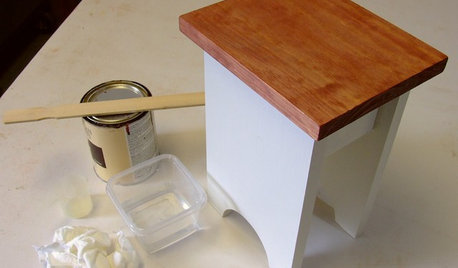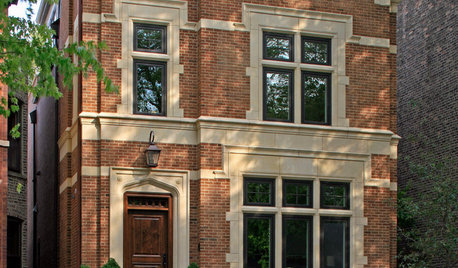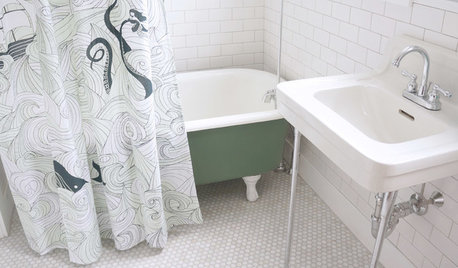Gel Stain Uneven on First Coat: HELP!
dkrathbun
15 years ago
Featured Answer
Comments (8)
aidan_m
14 years agoRelated Professionals
Manville Cabinets & Cabinetry · Jamaica Plain Carpenters · Pataskala Carpenters · Fort Pierce Flooring Contractors · Inver Grove Heights Flooring Contractors · Jamaica Plain Flooring Contractors · Lynnwood Flooring Contractors · Maryville Flooring Contractors · Pearland Flooring Contractors · Surprise Flooring Contractors · Waterbury Flooring Contractors · Kirkland Furniture & Accessories · North Bergen Furniture & Accessories · Thousand Oaks Furniture & Accessories · Sahuarita Furniture & Accessoriesbobismyuncle
14 years agoUbique
14 years agobobismyuncle
14 years agosombreuil_mongrel
14 years agoKim Ford
3 years agoTim Jones
2 years ago
Related Stories

HOUSEKEEPINGHow to Clean Grout — Stains and All
If your grout is grossing you out, this deep-cleaning method will help it look new again
Full Story
DIY PROJECTSCool Tip: Mimic Stain With a DIY Color Wash
Get the look of an oil-based stain without all the bother, using this easy wash made with paint
Full Story
MATERIALSRaw Materials Revealed: Brick, Block and Stone Help Homes Last
Learn about durable masonry essentials for houses and landscapes, and why some weighty-looking pieces are lighter than they look
Full Story
SELLING YOUR HOUSE10 Low-Cost Tweaks to Help Your Home Sell
Put these inexpensive but invaluable fixes on your to-do list before you put your home on the market
Full Story
COLORPick-a-Paint Help: How to Quit Procrastinating on Color Choice
If you're up to your ears in paint chips but no further to pinning down a hue, our new 3-part series is for you
Full Story
STANDARD MEASUREMENTSThe Right Dimensions for Your Porch
Depth, width, proportion and detailing all contribute to the comfort and functionality of this transitional space
Full Story
LIFEDecluttering — How to Get the Help You Need
Don't worry if you can't shed stuff and organize alone; help is at your disposal
Full Story
COLORPick-a-Paint Help: How to Create a Whole-House Color Palette
Don't be daunted. With these strategies, building a cohesive palette for your entire home is less difficult than it seems
Full Story
MOVINGRelocating Help: 8 Tips for a Happier Long-Distance Move
Trash bags, houseplants and a good cry all have their role when it comes to this major life change
Full Story
BATHROOM MAKEOVERSRoom of the Day: See the Bathroom That Helped a House Sell in a Day
Sophisticated but sensitive bathroom upgrades help a century-old house move fast on the market
Full StoryMore Discussions











User